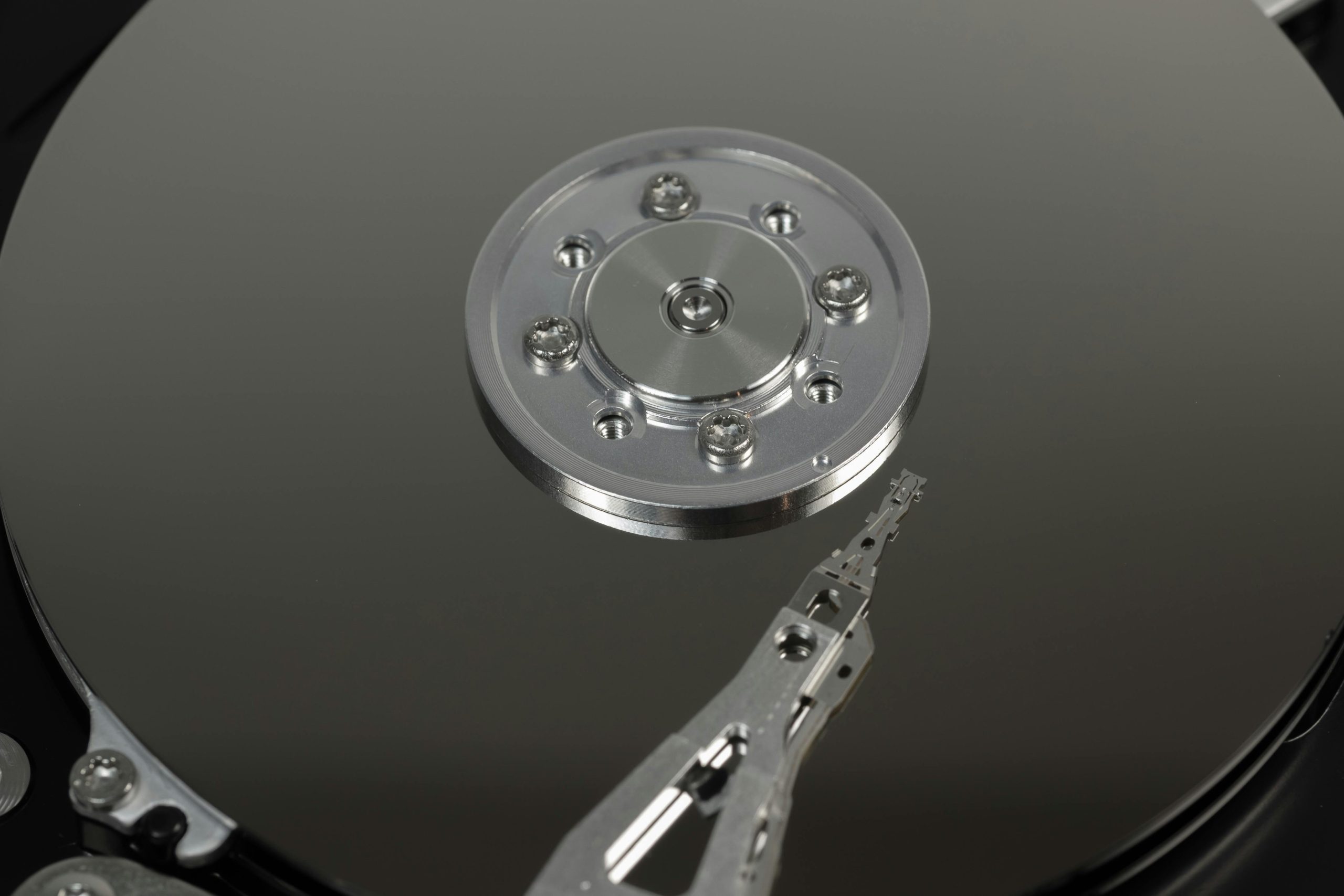Understanding Unexpected Google Drive Storage Usage: Troubleshooting Tips and Insights
Google Drive is an essential cloud storage service used by millions worldwide for storing documents, photos, and other files. However, it’s not uncommon for users to encounter discrepancies between the storage space their account reports as used and the visible files within their Drive. If you’ve experienced a situation where Google Drive indicates nearly full storage despite having minimal visible files, you’re not alone. This article aims to explore potential causes of this issue and offer practical troubleshooting steps to resolve it effectively.
Common Causes of Unexpected Storage Usage
-
Hidden Files and Folders
While Google Drive’s interface is designed for ease of use, certain files or folders—especially those created or managed by other applications—may be hidden from standard views. This includes system or app data, which may not be directly accessible through the typical Google Drive interface. -
Data Stored in Google Drive-Related Services
Services such as Google Photos, Gmail, and Google Backup & Sync can consume significant storage. For instance, large email attachments or photos stored via these services might not be immediately apparent when reviewing Drive files. -
Trash and Deleted Files
Deleted files remain in the Trash for 30 days unless permanently removed. Residual data here can also contribute to overall storage usage. -
App Data and Google Drive Sync Files
Some third-party apps or synchronization tools may store data in Google Drive or associated folders that are not easily visible or accessible without specific settings adjustments. -
Potential Technical Glitches or Bugs
Sometimes, discrepancies in storage reporting can stem from temporary glitches or bugs within Google Drive or synchronization issues between devices.
Troubleshooting Strategies
-
Examine Storage Breakdown
Navigate to Google Account Storage Management (https://one.google.com/storage) to see a detailed breakdown of what’s occupying space across all Google services. This overview can help identify if emails, photos, or other app data are responsible. -
Check Google Drive’s Trash Bin
Empty the Trash folder in Google Drive to permanently delete files and free up space. Sometimes, files reside here without your knowledge. -
Investigate Gmail and Google Photos
Review your Gmail account for large attachments or emails with significant data. Similarly, check Google Photos for stored images or videos that may be consuming space—especially those saved in original quality rather than high-quality compressed format. -
Use Google Drive’s Storage Details
Employ the “Storage” option within Google Drive to view large files and sort by size. This can reveal hidden or overlooked files
Share this content:



